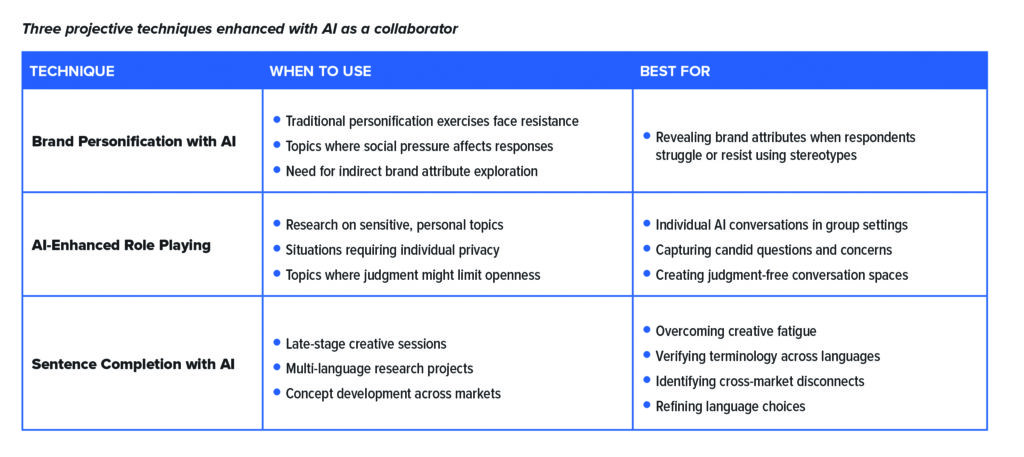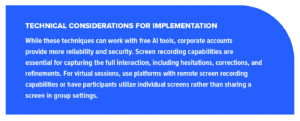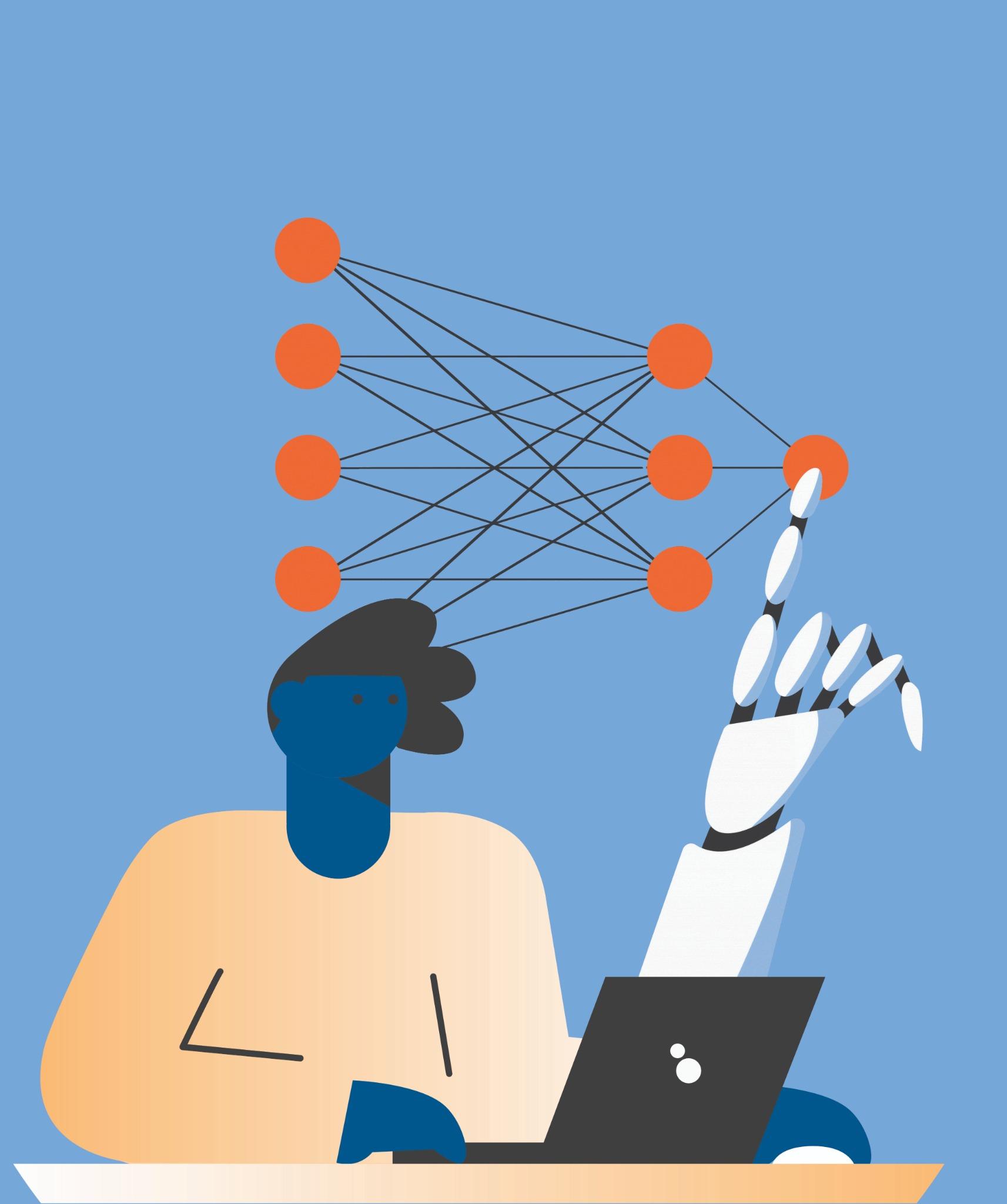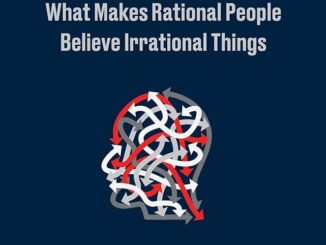
By Isabelle Landreville
President & Chief Insight Seeker
Sylvestre & Co.
Montréal, QC, Canada
isabelle@sylvestreco.com
Projective techniques have long been valuable tools in qualitative research, helping unlock hidden thoughts and emotions while revealing deeper insights by bypassing conscious filters. Through techniques like word association, sentence completion, role playing, and brand personification, we create opportunities to examine topics from different angles, generating rich discussions that go beyond surface-level responses. The true value of these techniques lies not in their immediate outputs but in the probing opportunities they create during research sessions.
Over the past two years at Sylvestre & Co., we’ve explored how artificial intelligence (AI) can enhance these classic techniques, making them even more effective. While AI is great at summarizing what people say in surveys and pulling out common themes from feedback, we’ve found it can play a more active role during moderation. Rather than just delegating pre- and post-research tasks to AI, we use it as a real-time collaboration partner during sessions. In this article we highlight three projective techniques that we have enhanced by using AI as a collaborator, and best practices for its successful implementation.
Brand Personification: Creating a Safer Space for Authentic Responses
During a focus group with Gen Z participants, we encountered resistance to traditional brand personification exercises. In these exercises, we ask participants to think about the brand as a person and to describe that person—what is their age, gender, ethnicity, job, hobbies—or associate them with a famous person. Participants said they didn’t want to be “cancelled,” expressing concern about playing into stereotypes or facing social consequences for their characterizations. This challenge led us to develop a new approach using AI as an intermediary.
The process begins by setting up a computer connected to a display screen visible to all participants. Instead of asking for immediate personification, we start with the environment, the setting for the brand’s persona: whether it is urban or rural, its lifestyle, etc. We then use AI to generate descriptions based on participant input, allowing participants to critique and refine the AI’s interpretation without feeling personally responsible for the characterizations.
For example, we began by asking AI to describe an urban neighborhood. As participants reviewed the initial description, they began offering specific refinements.
“Montreal has old buildings and more modern buildings; it’s more of a mix,” one participant noted.
We fed this feedback to AI, requesting a description that blended new and old architectural styles. The conversation naturally progressed to discussing where people in this neighborhood might spend time.
Participants suggested adding families enjoying time in parks, which led to specific references to local landmarks like Parc La Fontaine. Through this iterative process, participants unconsciously revealed key brand attributes, both explicitly as a list and implicitly in analysis, while feeling comfortable correcting AI’s interpretations rather than worrying about their own potential biases or being judged by others.
Role Playing: Uncovering Sensitive Insights
Financial services research presents particular challenges due to the personal nature of money matters. We developed an AI-enhanced role-playing approach that has proven remarkably effective at uncovering honest concerns and questions.
We begin by giving each participant 15–20 minutes of individual time with AI, recording their screens to capture the full interaction. We frame AI as a judgment-free conversation partner and allow participants to lead the conversation without us pre-prompting
the AI system.
The instructions are simple yet effective: “Imagine you’re sitting across from your financial advisor, which in this case is AI, and you have the chance to ask anything without fear of judgment.” This approach reveals remarkably candid questions that might not surface in traditional research settings.
Participants ask things like: “I know this might sound naive, but what exactly is compound interest?” or “I’ve been hiding financial decisions from my spouse. How do I come clean about it?” or “I’m embarrassed to admit this, but I’m 35 and haven’t started saving for retirement yet.”
During the role-playing exercise, we’ve found that setup and framing are crucial. For focus groups, each participant needs their own device—either a laptop or tablet—to ensure privacy. We specifically avoid prompting AI beforehand to act as a financial advisor, as this can limit the range of conversations. The unstructured approach allows participants to ask both financial and emotional questions, leading to richer insights. After the individual AI interactions, we transition into a dialogue, discussing not just the questions asked but how participants felt about AI’s responses. We explore whether they had to rephrase questions, if they knew exactly what to ask from the start, and how AI’s tone and approach affected their comfort level.

Sentence Completion: Breaking Through Creative Blocks
When working on ideation sessions, particularly with client teams, AI helps overcome creative fatigue and mental blocks. Instead of struggling with a blank page, teams can use AI to generate completions for prompts like “The next biggest thing in savory chip flavors will be . . . ”
This technique proves especially valuable during late-stage brainstorming sessions when energy is low, in projects that involve multiple languages and need translation checks, and/or in product concept development where exact wording is crucial.
The sentence completion technique has proven particularly valuable when working across languages. We’ve found that terms that seem equivalent can create quite different expectations in different cultures. For instance, when developing product concepts that will launch in multiple markets, we use AI to test how different descriptive terms translate and what associations they create for participants. By generating visual descriptions based on various terms, we can quickly identify potential disconnects between markets and refine our language choices accordingly.
Three Implementation Guidelines for Success
Successful implementation of AI-enhanced projective techniques requires attention to several key factors.
FIRST, keep the technical setup simple. Basic AI tools without complex prompting work best, like the enterprise versions of ChatGPT and Claude AI. All participants should be able to easily type on a computer. Screen recording during individual interactions captures valuable nuances in how participants engage with AI.
SECOND, creating a safe environment is crucial. When dealing with sensitive topics, let participants work individually rather than sharing their AI conversations in group settings. Allow participants to lead the interaction, using their own language and following their own trains of thought. The AI outputs should serve as discussion starters rather than definitive answers, with particular attention paid to language choices and hesitations.
THIRD, flexibility remains important throughout the process. Be prepared to adapt the approach based on participant comfort levels, try different prompts or techniques, and allow conversations to evolve naturally. The goal is to support the discovery of subconscious thoughts and motivations while maintaining a nonthreatening environment for honest discussion.
 Successfully Using AI as a Collaborator
Successfully Using AI as a Collaborator
The key to success lies in using AI purposefully and strategically to enhance research objectives rather than simply incorporating technology for its own sake. When implemented thoughtfully, AI can help create safer spaces for honest discussion while maintaining the human connection that makes qualitative research valuable. By treating AI as a collaboration partner rather than just a tool, we can enhance traditional techniques while preserving the depth and richness of qualitative insights.
Most importantly, we’ve learned that success with AI-enhanced projective techniques comes from maintaining focus on human insight rather than technological novelty.
During our two-year journey exploring these methods, we’ve consistently found that AI works best when it enhances rather than replaces traditional qualitative approaches. The technology should fade into the background, serving as a catalyst for deeper, more authentic human conversations. When participants lean forward, engaged in critiquing or refining AI’s responses, we know we’re creating the right conditions for meaningful insight discovery.




